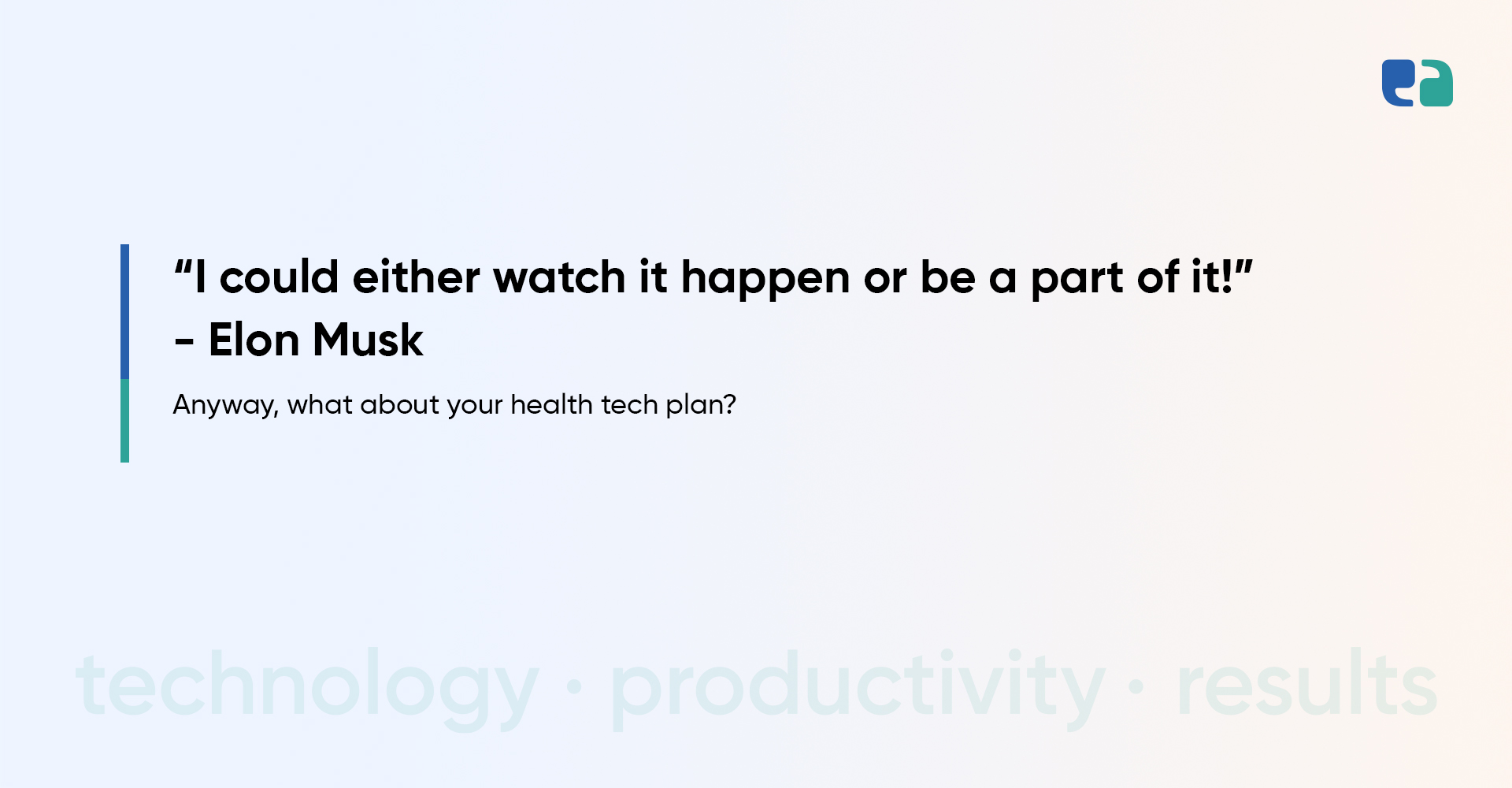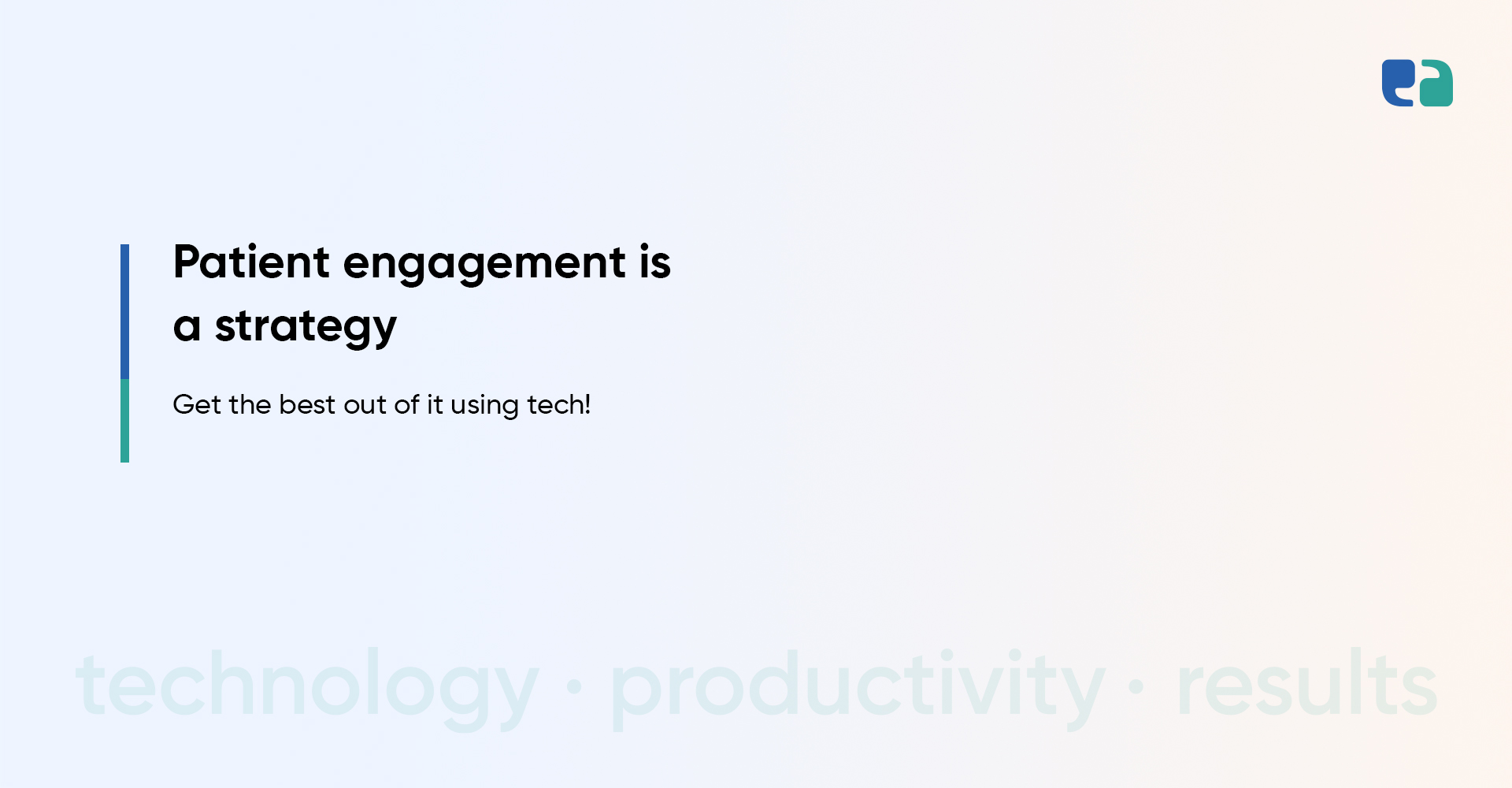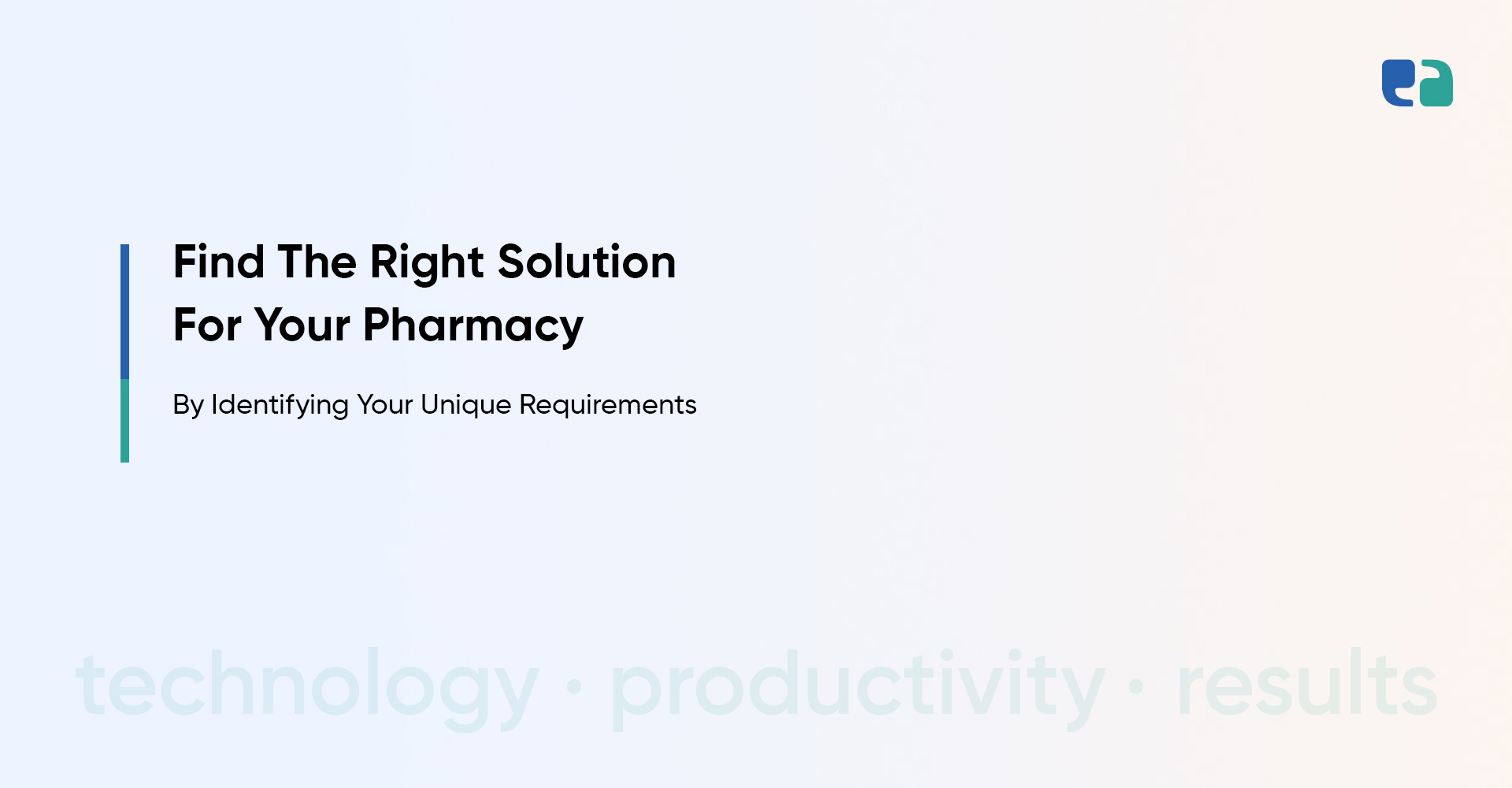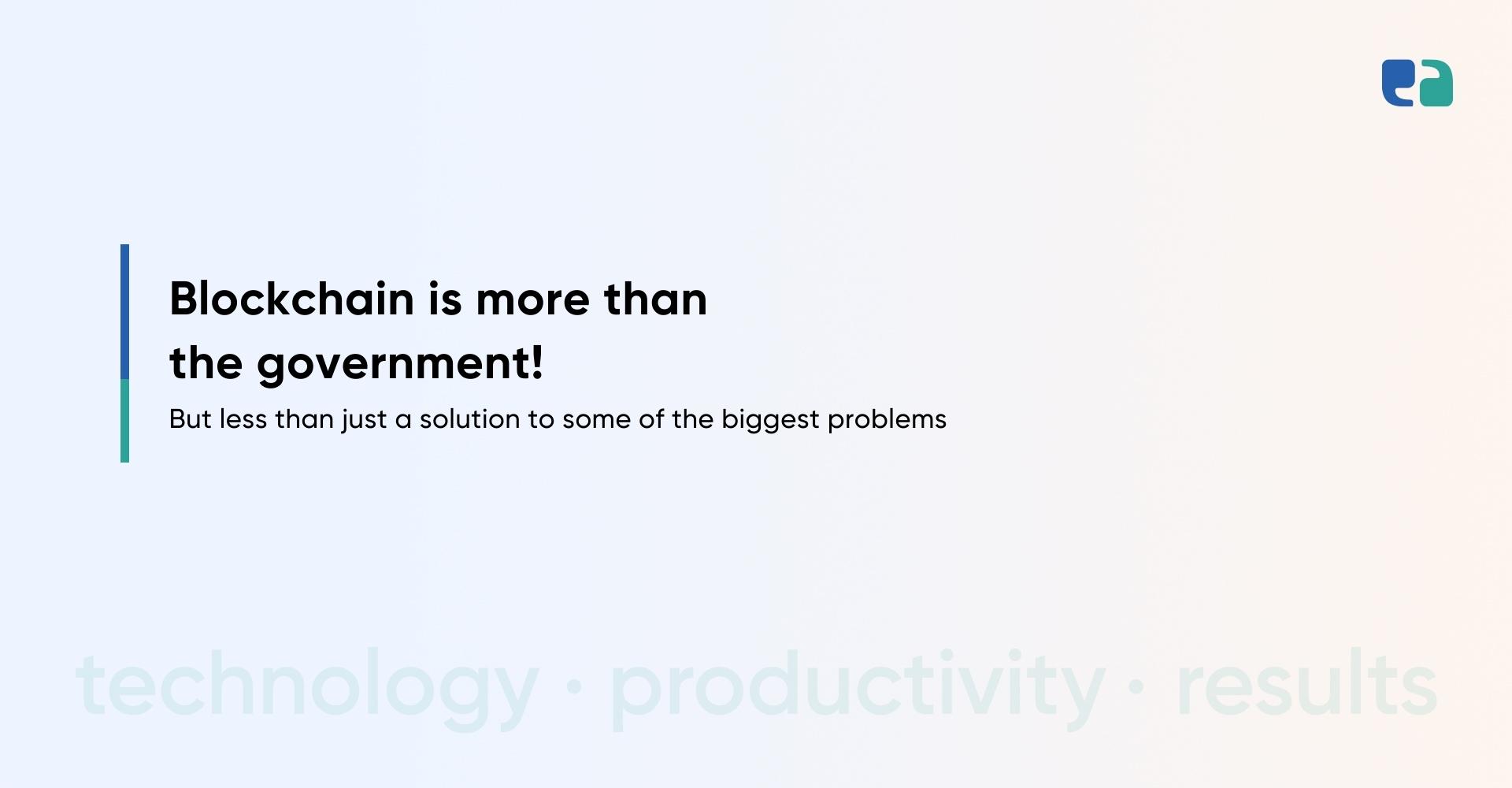Here is our honest attempt to set your expectations on fire.
Elon Musk would love this blog.
Because this is the first of its kind blog on the Internet and this blog can change the focus of Elon Musk!
If you’re considering Tesla as an automobile company, you are wrong.
Tesla is a software company!
Otherwise, it would never be possible for Tesla to bring such an epic light show.
🔥 more #teslalightshow check out the repository someone made https://t.co/a2ejnQRe0a pic.twitter.com/vCaIjHvKZj
— Ɖ𝕓𝕝ℂ𝕒𝕡ℂ𝕣𝕚𝕞𝕡𝕚𝕟 (@dblcapcrimpin) December 26, 2021
No, we are not today writing on Tesla as we loved its light show.
But because it builds the most advanced passenger vehicle utilizing 3 of the very game-changing technologies which we believe are the perfect healthcare innovation technologies too.
3 Game-Changing Healthcare Innovation Technologies Tesla is Utilizing
What makes a technology successful or failure is its use cases and how easy it would be for people to achieve those use cases in real life.
Use cases of Tesla’s 3 favorite technologies:
- AI
- IoT
- Computer Vision
They are simple but a breakthrough.
And most importantly, there is enough skill set available in the North American market to bring these use cases to real life.
Meaning, that you won’t be breaking the odds to implement AI, IoT, and Computer Vision in the healthcare ecosystem.
Let’s discuss each Tesla-inspired healthcare innovation technology!
📌A Resourceful Guide for You, AI in Radiology
Want to be Elon Musk of the Healthcare Space? We have the Healthcare Tech Knowledge You Are Looking For.
We would like to tell you 3 things about us.
- We’re healthcare-specific. Hence, we understand healthcare and only deal with healthcare IT projects.
- We have hands-on experience building healthcare solutions with AI, IoT, and computer vision.
- We do the complete thing – documentation, workflows, UI/UX, development, QA, compliance, support, and even investment!




